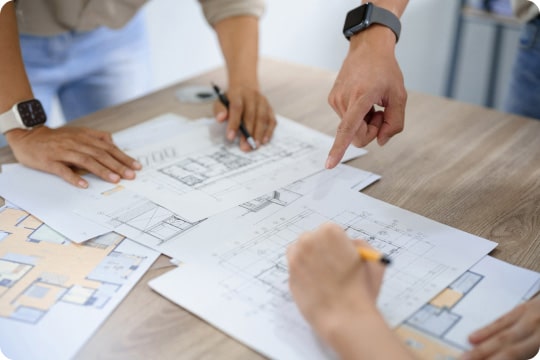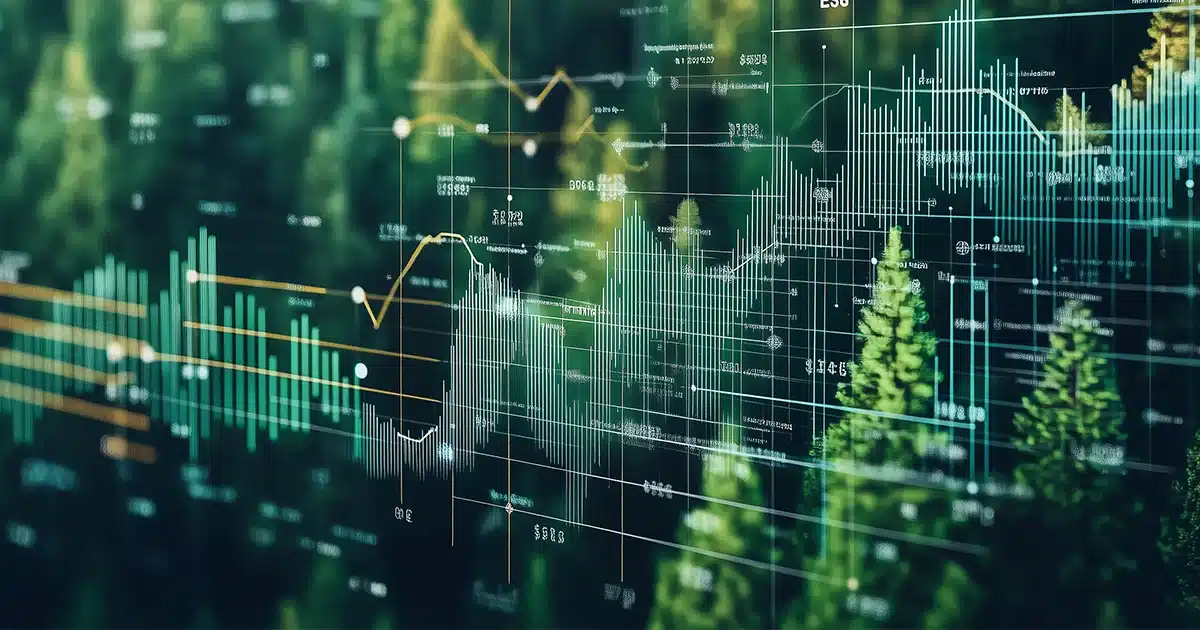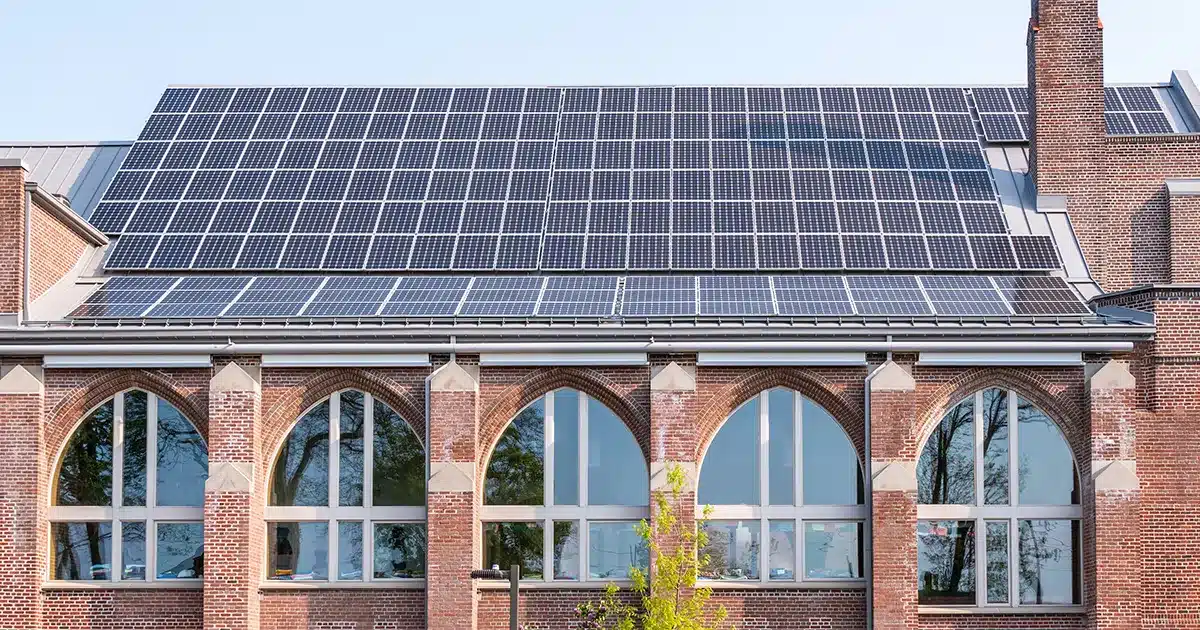
Delayed Release of NCC2025 Update
In our last Newsletter (Feb 2025), we outlined the proposed changes to the NCC. This was based on the draft which was released in 2024. It is possible that the final version may differ after consideration of industry comments, so we are keen to see the final version. In previous
There are lot of changes ahead for the NCC2025 Section J (Commercial Buildings). Sometimes it feels like change is too fast and it is hard to keep up. While that it true, it used to be worse! Prior to 2019 the code changed every year. Since 2019 the code has been updated every 3 years. For Section J, big changes were introduced in 2019 but in 2022 it remained largely unchanged. So that is 6 years of consistency. Now in 2025 a lot of changes are expected.
Here is a summary of some of the proposed changes.
J4D4 Building fabric – roofs and ceiling construction |
|
J4D6 Building fabric- Wall-glazing construction |
|
J6D3 Air-conditioning system controls |
|
J6D4 Mechanical ventilation system controls |
|
J6D5 Fans and duct systems |
|
J8D3 Heated water supply |
|
J9D4 Facilities for EV charging equipment |
|
J9D5 Renewable energy |
|
Plus, numerous other amendments. For the full list refer to: PCD 2025 – Commercial building energy efficiency | ABCB | |
There are a lot of technical changes, particularly to mechanical services and general increases in stringency. However, if we were to pick out one new requirement, it would be J9D5 which now requires the installation of solar PV. Previously, it required that roof space be preserved for the future installation of solar PV. Now it requires that solar PV be installed.
A later version of the draft is due to be released very soon. We will be sure update you further when that happens.
If you need more information please don’t hesitate to get in touch. [email protected]




